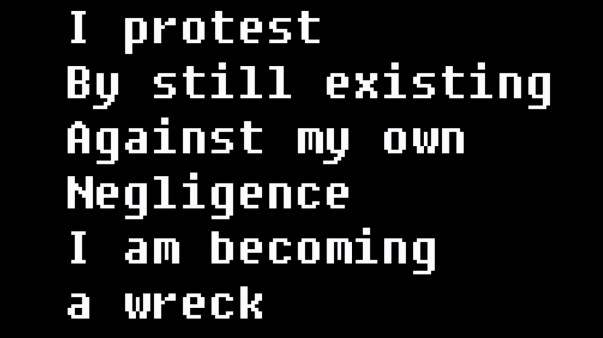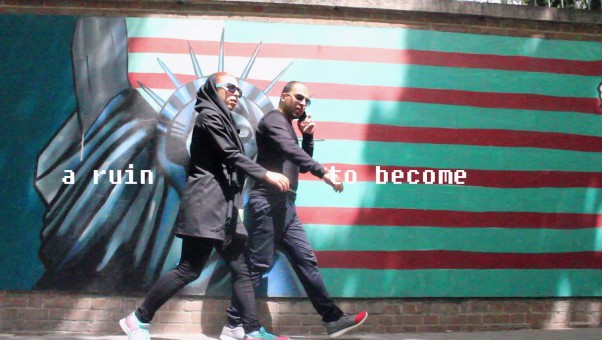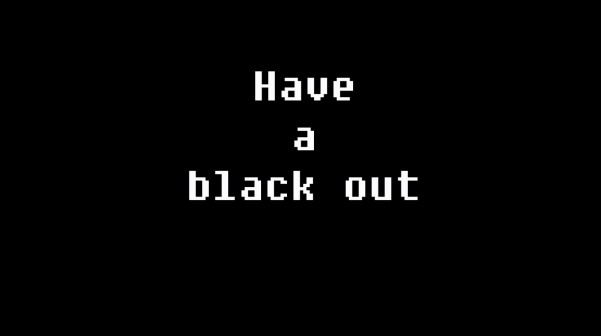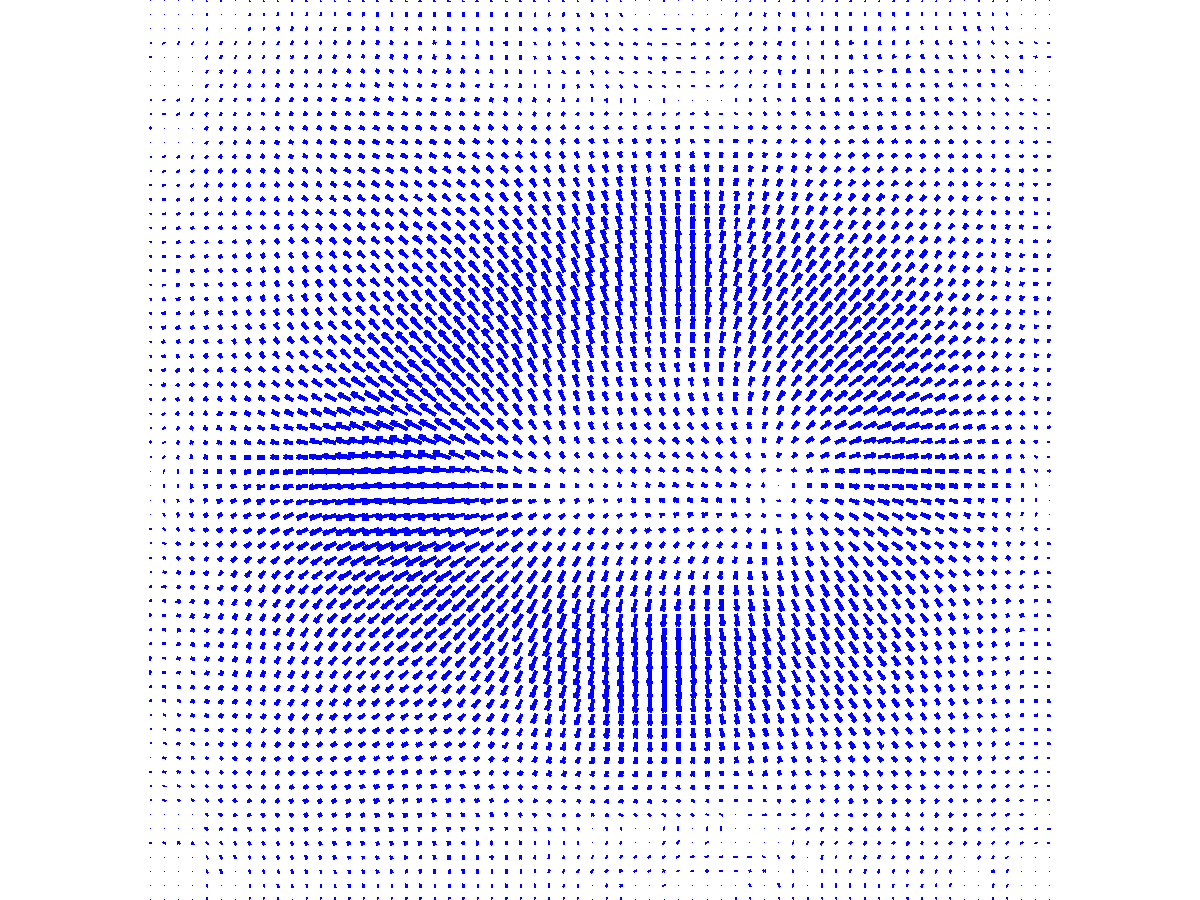



TAKE A LEAP INTO A MEMORY HOLE (2015)3'59")
Kaste Seskeviciute
The video footage was taken at two historical sites: an abandoned brick factory in the town of Didžiasalis, Lithuania, and a fence of the former U.S. embassy building in Tehran, Iran. Following the terms of Walid Sadek’s “The Ruin to Come” (2013), the vector of analysis draws from considering these two objects as ruins and juxtaposing them. Reflecting upon how the mementos of Cold War relations are neglected or preserved depending on present geo-political situations, the work suggests that these two locations could be paralleled as margins of the Western neo-liberal system.
Since its shutdown due to the lack of investments, the site of the former brick factory turned into a pile of rubble, a wasteland at best used as a lorry-parking lot. The town of Didžiasalis that holds a population of roughly one and a half thousand, is now suffering from high unemployment, economic stagnation, social problems, violence, poverty and slums. Located just next to the border with Belarus and rich by natural clay deposits, the town had its peak at the times of Brezhnev when the brick factory employed a large number of workers and entire blocks of neighbourhoods were built around it; nowwhich are now dilapidated and abandoned or occupied by the homeless.
In contraposition, the former U.S. embassy located in the centre of Tehran nowadays functions as a museum of military and political relations (It is technically inaccessible for tourists from the countries of conflict, but there are ways around that). The post-1979 mural on the outer side of the fence portrays the US flag and the Statue of Liberty with its face turned into a skull. The mural has been re-painted for several times since its creation. Interestingly, the painting continues to ‘grow’ more and more facial flesh each time it is restored. While being a source of former state-propaganda, it is incrementally transformed and re-evaluated.
Instead of agitating or didactically concluding, this work puts emphasis on the visual appearance of the two sites; the poem attempts a speculative inquiry on their agency as embodied affects of public memory. The conception of restorative nostalgia by Svetlana Boym offers a one-sighted view of a linear history through glorifying and pre-evaluated imagery of monuments in the public spaces that hold an affective power on the citizens of the country. On the contraposition to the restorative, a reflective way of dealing with memory is considered to be less contradictive, allowing a natural non-predetermined process of collective memory to “digest” historical periods of time by a constant re-evaluation and transformation. Hence the organic decay of the factory is juxtaposed with manual transformation of the mural, addressing the natural process of forgetting.
Personification is applied by projecting a voice onto an inorganic material that is determined as a container of inert past with an ability to be re-shaped and superseded within a non-linear perspective of memory.
Terminology or sentences used in the poem from:
Walid Sadek, A Ruin to Come, 2013
Reza Negarestani, Cyclonopedia: Complicity with Anonymous Materials, Re.Press, 2008
Svetlana Boyim, The Future of Nostalgia, Basic Books, 2001
Jorge Luis Borges, Tlön, Uqbar, Orbis Tertius, Labyrinths: Selected Stories & Other Writings, 1962
Italo Calvino, Invisible Cities, Harcourt Brace & Company, 1974
Kastė Šeškevičiūtė
TAKE A LEAP INTO A MEMORY HOLE / Kaste Seskeviciute
8/08 Open air Ernest Staesplein EVENT ►
home
11/09
Netherlands Film and Television Academy EVENT ►
19/09 Open Broedplaatsendag ACTA EVENT ►
facebook page
09/10
Filmhuis CAVIA EVENT ►
22/10
Vilnius Academy of Arts EVENT ►